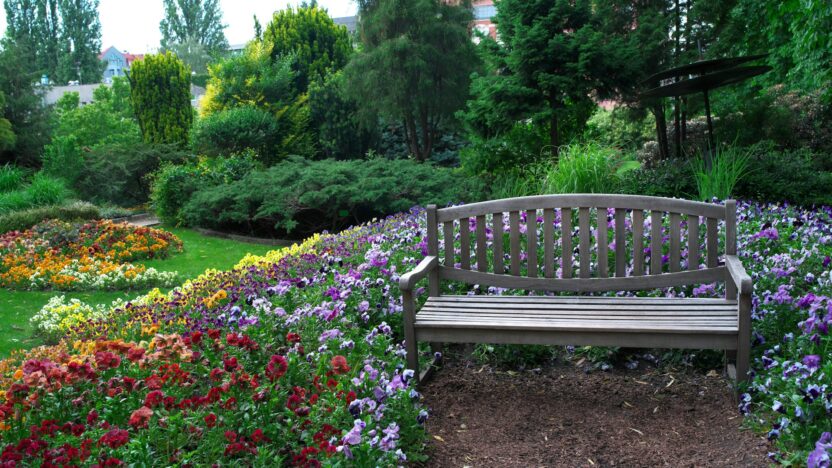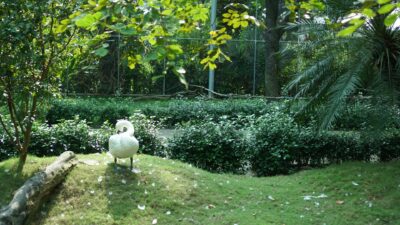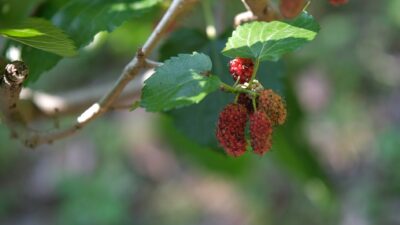Seeds are the starting point of any organic garden, and choosing the right ones can make or break your success. High-quality organic seeds ensure your plants are healthy, productive, and free from harmful chemicals. As a beginner, navigating seed options can feel overwhelming, but with a little knowledge, you can pick the perfect seeds for your garden. This guide explains how to choose organic seeds that suit your needs and climate. For more organic gardening advice, visit For Organic Life.
Understanding Seed Types: Heirloom, Hybrid, and GMO
Not all seeds are created equal, and understanding the differences is key to organic gardening. Here’s a breakdown of the main types:
- Heirloom Seeds: These are open-pollinated seeds passed down for generations, often over 50 years old. They’re prized for their flavor and genetic diversity. Heirlooms, like ‘Brandywine’ tomatoes, are always non-GMO and great for organic gardens.
- Hybrid Seeds: These are created by cross-pollinating two plant varieties to combine desirable traits, like disease resistance. While hybrids can be organic, they may not produce true-to-type seeds if saved. Check for “organic” on the label.
- GMO Seeds: Genetically modified seeds are altered in a lab and are not allowed in organic gardening. Always choose certified organic seeds to avoid GMOs.
For organic gardening, stick to heirloom or organic hybrid seeds. Heirlooms are a favorite for their taste and ability to save seeds for future planting. Always look for “certified organic” labels to ensure seeds meet organic standards.
Finding Trusted Sources for Organic Seeds
Buying from reputable sources ensures your seeds are high-quality and truly organic. Here are some reliable places to look:
- Local Nurseries: Many carry organic seeds suited to your region’s climate. Ask staff for recommendations based on your growing conditions.
- Online Retailers: Companies like Seed Savers Exchange or Johnny’s Selected Seeds offer a wide range of certified organic seeds. Check reviews to ensure trustworthiness.
- Seed Swaps: Local gardening groups or community events often host seed exchanges where you can get organic seeds for free or low cost.
When buying, check for certifications like USDA Organic or Non-GMO Project Verified. Avoid generic seed packets from big-box stores, as they may not guarantee organic standards. If you’re unsure where to start, For Organic Life has resources to guide you.
Matching Seeds to Your Climate and Soil
Every garden is unique, and choosing seeds that match your climate and soil is crucial. Start by researching your USDA Hardiness Zone or local frost dates to know your growing season. For example, warm climates (zones 8–10) suit crops like okra, while cooler zones (3–6) are better for kale or peas.
Check your soil type—sandy, loamy, or clay—since it affects how plants grow. You can test soil with a kit or by feel: sandy soil feels gritty, clay is sticky, and loamy is a balanced mix. Most vegetables prefer loamy, well-draining soil with a pH of 6.0–7.0. If your soil isn’t ideal, amend it with organic compost or use raised beds.
Choose seeds labeled for your conditions. For example, if you have a short growing season, pick fast-maturing crops like radishes or lettuce. Seed packets often list ideal climates and soil needs, so read them carefully. Local extension services can also recommend region-specific varieties.
Storing Seeds for Future Use
Proper seed storage saves money and ensures you have viable seeds for future seasons. Most organic seeds last 1–5 years if stored correctly. Here’s how to do it:
- Keep Seeds Dry: Moisture can cause seeds to sprout or mold. Store them in airtight containers, like glass jars or resealable bags, with silica gel packets to absorb moisture.
- Store in a Cool, Dark Place: Heat and light reduce seed viability. A basement or fridge (not freezer) is ideal, with temperatures between 32–50°F.
- Label Clearly: Write the seed type, variety, and collection date on packets to avoid confusion.
Before planting stored seeds, test their germination rate by placing a few on a damp paper towel in a sealed bag. If most sprout within a week, they’re still good. Discard seeds with low germination to avoid wasting time.
Tips for Successful Seed Germination
Getting seeds to sprout is the first step to a thriving garden. Here are some tips to boost germination rates:
- Follow Packet Instructions: Each seed has specific needs for planting depth, spacing, and timing. For example, lettuce seeds need light to germinate, so sow them shallowly.
- Use Quality Soil: Start seeds in organic seed-starting mix or a blend of compost and potting soil. Avoid heavy garden soil, which can compact and hinder sprouting.
- Maintain Moisture: Keep soil consistently moist but not waterlogged. Cover trays with plastic wrap to trap humidity until seeds sprout.
- Provide Warmth: Most seeds germinate best at 70–80°F. Use a heat mat for warmth-loving crops like tomatoes or peppers.
- Be Patient: Some seeds, like carrots, take 2–3 weeks to sprout, while radishes may take just 3–5 days.
If germination fails, check for issues like old seeds, incorrect depth, or improper watering. Adjust and try again. Starting seeds indoors can give you a head start, especially in cooler climates.
Planting the Seeds of Success
Choosing the right organic seeds sets the stage for a bountiful garden. By understanding seed types, sourcing from trusted suppliers, matching seeds to your conditions, storing them properly, and mastering germination, you’ll grow healthy, organic crops with confidence. Take your time to research and experiment—it’s all part of the gardening journey. Happy planting!




